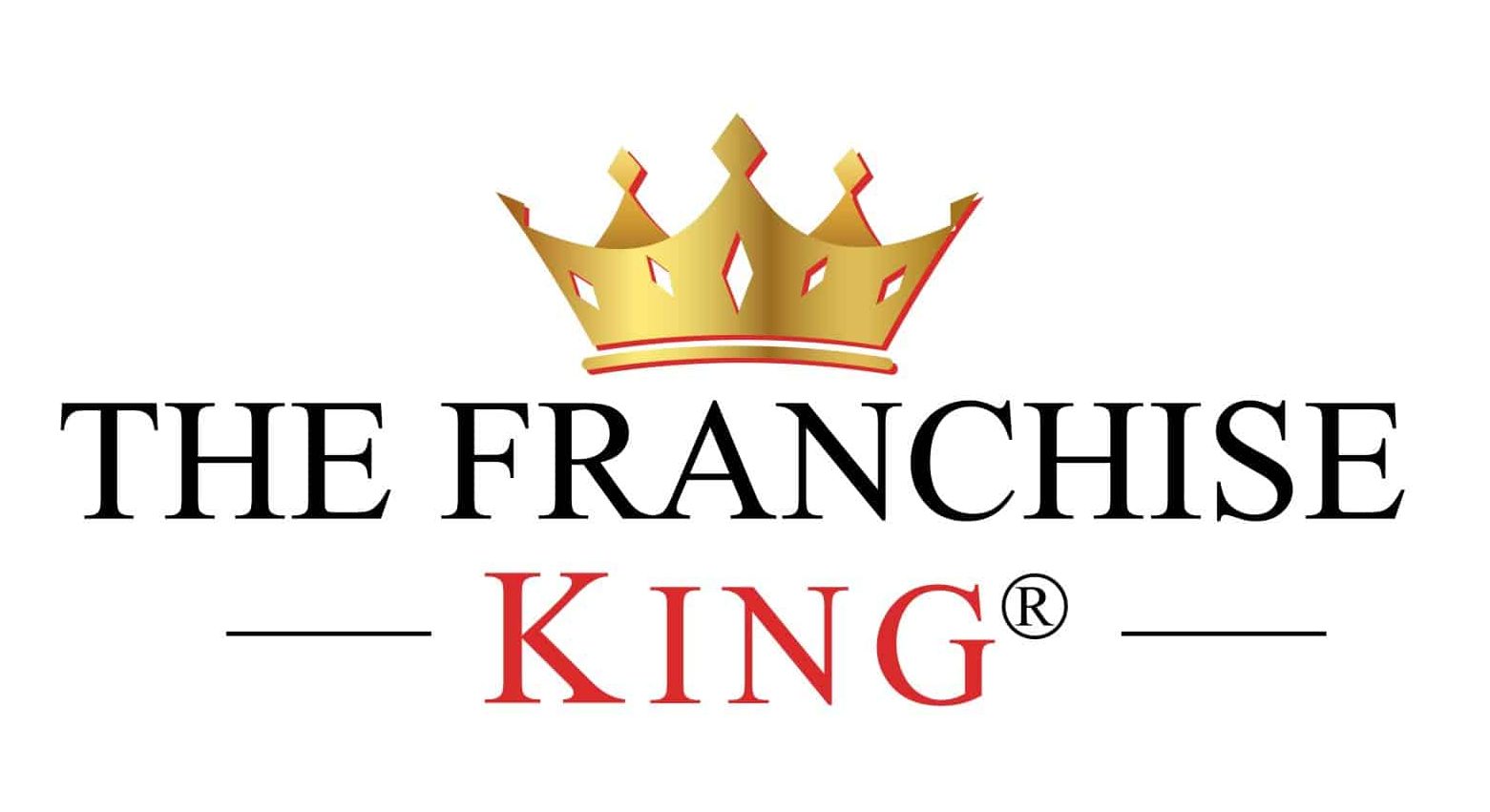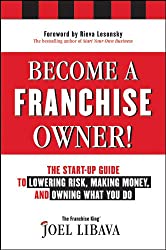(This is a guest post from Dylan Mazeika)
One of the biggest challenges in today’s business environment is to figure out how to combat the ups and downs of recession era sales. This task is an even greater challenge for a franchise, often forced to adhere to established guidelines related to marketing and promotions.
That said, one of the surest ways to remain proactive in any economy is to foster a unified branding strategy that imparts value through your unique position within the industry as well as your primary focus: customer service. And the easiest way to get up and running is by creating a strong logo design
that will act as the brand ambassador to your product or service, no matter where your customers happen to be.
Let’s start by considering an iconic example.
A trusted name: Baskin-Robbins
It’s safe to say that Baskin-Robbins, reportedly serving 300 million customers in over 6,700 stores throughout the world each year, has cornered the market within the ice cream confectionary industry. Much of this can be attributed to their strict enforcement of the widely recognized white, pink and brown brand persona.
From the layout of the store and the colors of paint used within the shop, to the labels, signage and other POP that adorn the widows and ice cream cases, each element of a Baskin-Robbins store is given a specific requirement. In fact, unlike some franchises, when you enter a Baskin-Robbins store, the experience is almost guaranteed to be the same, from Seattle to Tokyo.
This uniform familiarity has resulted in an almost impossibly high level of brand awareness: 98 percent, according to figures published by the ice cream super-chain. And the one thing that ties each of these components together is their identity logo – the letters B and R, colored to incorporate a “31” within the design (alluding to their offering of 31 flavors). These two simple letters guarantee that Chocolate Chip Mint or Cherries Jubilee will taste the same no matter where you are on the planet and further serve as a great example for franchises looking to boost early sales.
Unifying your franchise through a strong logo design
Providing brand guidelines is easy. Enforcing them throughout your franchise system is somewhat less so. But whether you’re a franchise owner with a moderate level of freedom in regard to the marketing of your business or a corporate parent that provides franchise owners a similar level of individual control, the one element that should always remain consistent is your logo. And the reason is simple: brand power.
Unlike a single mom & pop location, a franchise’s success is built on the backs of many. Even though a wide range of people (often living in far-flung locations) are allowed to buy in, you can boost sales with a logo design that features:
- Clearly-recognizable imagery. From the unique lettering seen in the Basking-Robbins logo to the Nike “swoop,” a strong franchise logo contains visual elements that can be easily spotted in a crowded mall or on an interstate while traveling 70 miles per hour. This is one of the most critical aspects of logo design, fostering a straightforward appearance that will be positively associated with your brand and thereby enable customers to connect with your company from location to location.
- A clear and far-reaching value proposition. As seen in the Baskin-Robbins example, as well as Carl’s Jr., 7-11, Allstate, RE/MAX and even Merry Maids, a powerful franchise logo carries the weight of an entire franchise system, thereby instilling the implied history of success into every location. Though some franchise logo designs include a tagline, many do not – relying instead on the customer’s previous association with the product or service and words, images or a combination of the two that position the brand as the supplier of something they want. Further developing their value proposition in a time when external participation in activities like corporate citizenship and social media are almost prerequisites, many franchises have been seen to slightly alter their logo design, producing variations on a central theme to establish a unique appearance for these aspects of their brand.
(Dylan Mazeika is an online writer with a background in marketing and small business. He enjoys writing articles and guest posts on the latest business and design trends, and helping small business owners with free logo design.)
About the Author
The Franchise King®, Joel Libava, is a leading franchise expert, author of "Become a Franchise Owner!" and "The Definitive Guide to Franchise Research." Featured in outlets like The New York Times, CNBC, and Franchise Direct, Joel’s no-nonsense approach as a trusted Franchise Ownership Advisor helps aspiring franchisees make smart, informed decisions in their journey to franchise ownership. He owns and operates this franchise blog.
Note: When you buy through links on this website, we may earn an affiliate commission.










